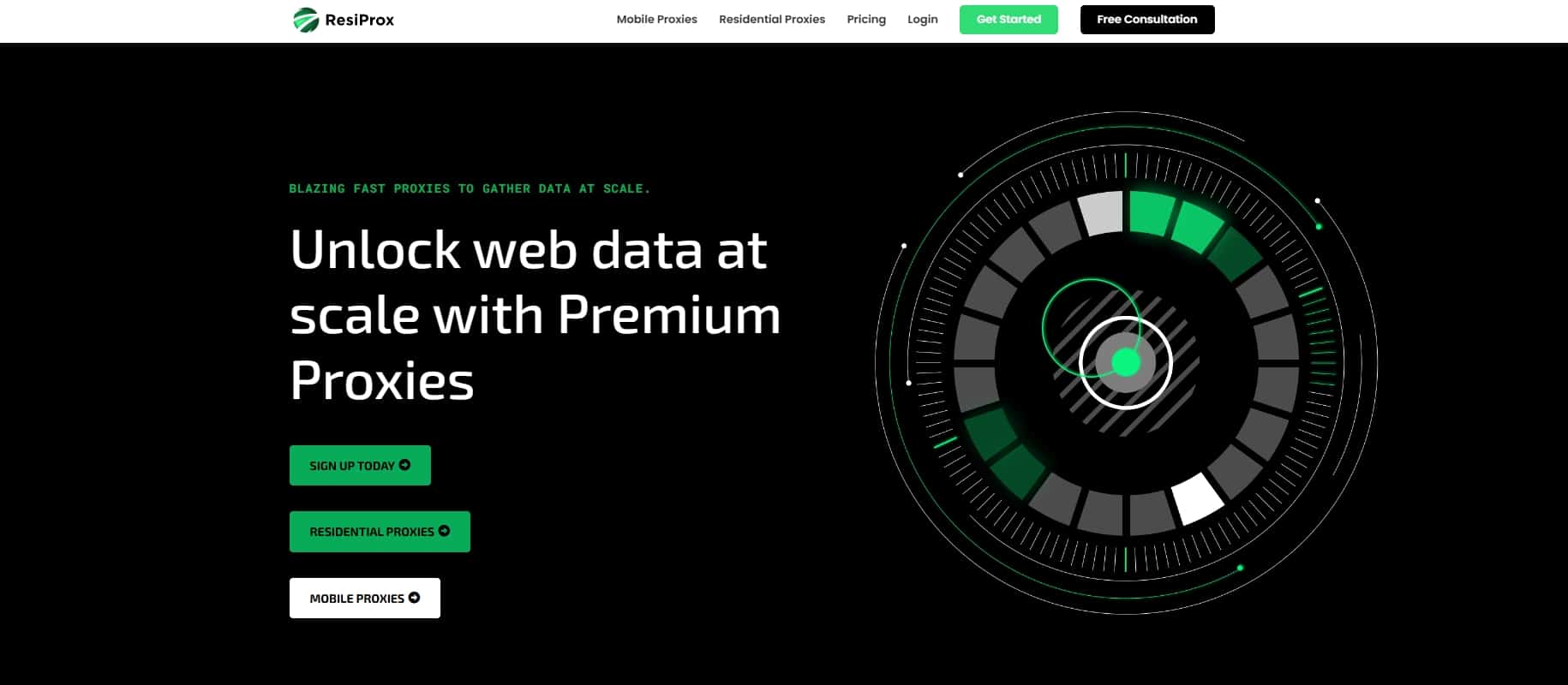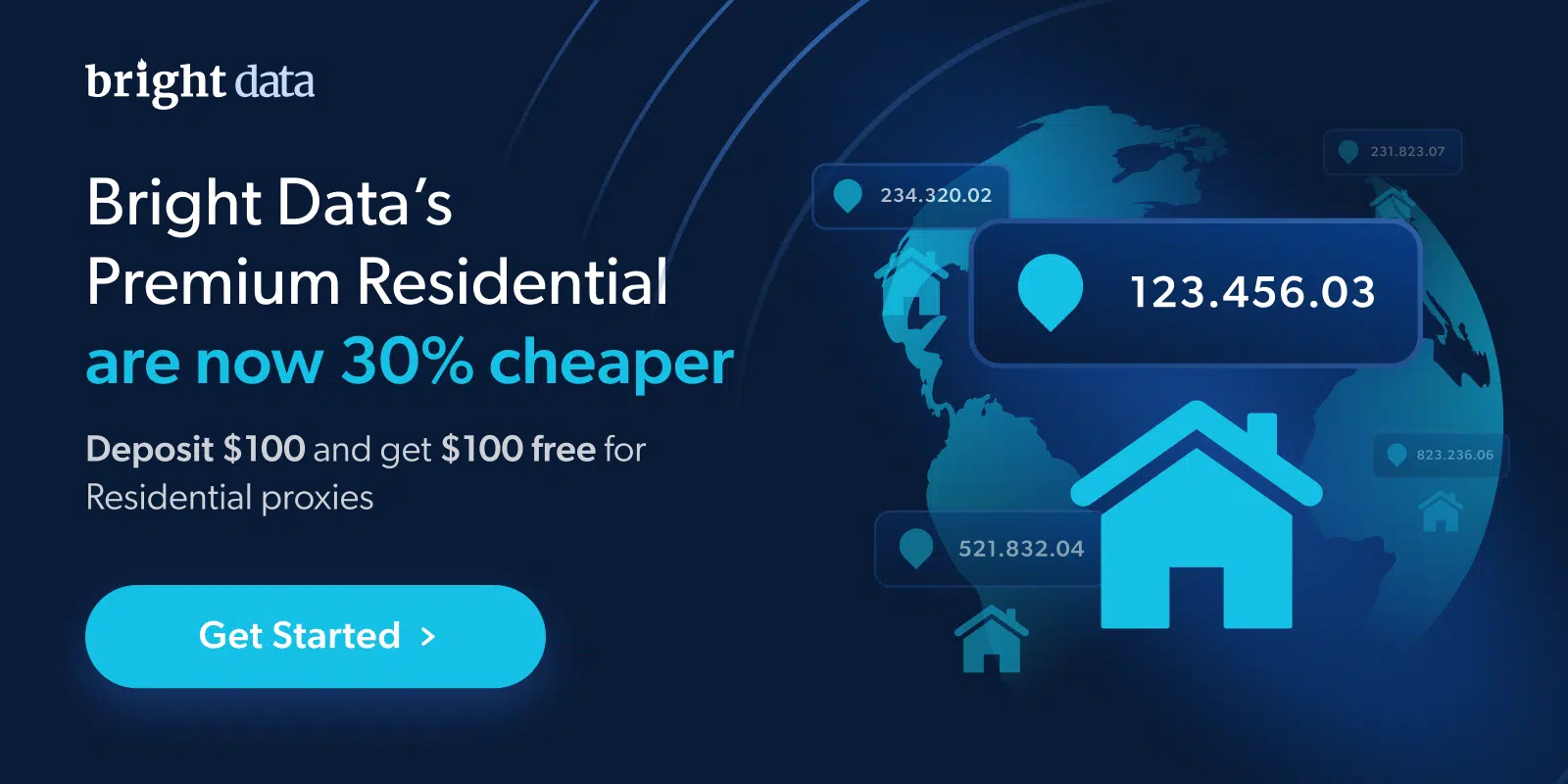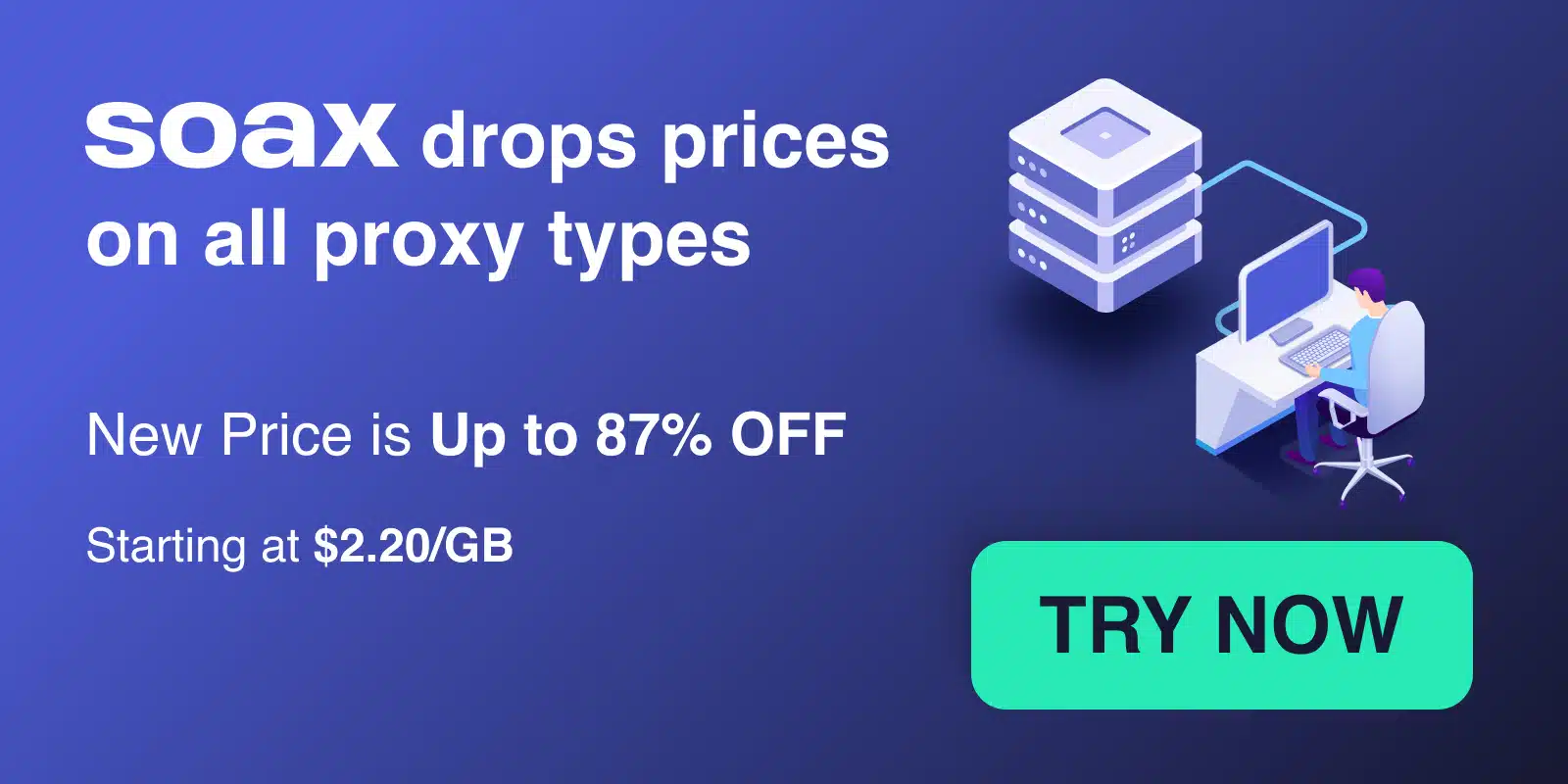The World Wide Web is a treasure trove of data on every imaginable topic. Whether you‘re a marketer looking to monitor competitor pricing, a financial analyst tracking stock trends, or a data journalist investigating connections, the ability to efficiently collect and parse data from websites is an invaluable skill. This is where web scraping comes in.
Web scraping refers to the automated process of collecting and extracting large amounts of data from websites. Instead of manually copying and pasting, a web scraper will load a page‘s HTML, extract the relevant data, and save it in a structured format for convenient analysis.
While web scraping is a powerful tool, it does require some technical knowledge to implement. Most web scrapers are built using Python libraries like Beautiful Soup and Requests for simple cases, or frameworks like Scrapy and Selenium for more advanced scraping jobs.
Scrapy, for example, is a complete framework that handles everything from sending requests to parsing data, making it a popular choice for large-scale scraping projects. Selenium, on the other hand, automates web browsers, making it useful for scraping pages with a lot of JavaScript and dynamic loading.
Before you start scraping, it‘s important to understand the legal and ethical concerns. While scraping public data is generally legal, some websites prohibit automated access in their terms of service. It‘s crucial to always check a site‘s robots.txt file, which specifies the scraping permissions.
You‘ll also want to avoid overburdening servers with rapid-fire requests, as this can get your IP address blocked. Respect any stated rate limits, and consider adding delays between your requests to simulate human browsing.
When scraping at scale, using a proxy service is essential for avoiding IP bans. By routing your requests through a pool of IP addresses, you can circumvent restrictions and collect data unimpeded. As of 2024, some of the top proxy providers for web scraping include Bright Data, IPRoyal, Proxy-Seller, SOAX, and Smartproxy.
Now that we‘ve covered the basics, let‘s dive into the best websites for honing your web scraping chops, from beginner-friendly sandboxes to real-world data sources.
- Toscrape
Toscrape is a website designed specifically for practicing web scraping. It offers a safe, legal environment to test your skills on two fictional web apps: a bookstore and a quotes database.
The bookstore is great for beginners, as the data is laid out in simple, static HTML. You can practice extracting book titles, prices, ratings, and more. The quotes app introduces more advanced challenges, like handling pagination and logging in.
- ScrapethisSite
Similar to Toscrape, ScrapethisSite is another sandbox that‘s perfect for honing your basic scraping skills. It provides a progression of challenges, starting with simple HTML table parsing and working up to trickier tasks like handling forms and authentication.
One handy feature of ScrapethisSite is that it provides example solutions in various languages, so you can check your work or get unstuck if needed.
- Yahoo Finance
For a real-world data source that‘s beginner-friendly, look no further than Yahoo Finance. This massive financial portal provides current and historical data on stocks, market indexes, currencies, and more.
Most of the data is laid out in neat tables and charts, making it perfect for practicing your HTML parsing and data cleaning skills. You can scrape stock tickers, price histories, financial statements, and tons of other valuable financial metrics.
- Wikipedia
As one of the largest repositories of human knowledge, Wikipedia is a scraper‘s dream. With millions of well-structured articles, it‘s an ideal place to practice working with large amounts of text data.
You can extract article titles, summaries, links, tables, images, and more. The consistent structure of Wikipedia pages makes it great for learning how to navigate complex HTML trees with tools like Beautiful Soup.
One thing to beware of is that Wikipedia does limit the rate of automated requests, so be sure to throttle your scraper and use caching if you‘re collecting a large amount of data.
- Reddit
Reddit, the self-proclaimed "front page of the internet," is a gold mine of social media data. With thousands of active communities (subreddits) on every conceivable topic, it‘s a great place to collect data for sentiment analysis, trend tracking, and more.
Reddit‘s API makes it easy to extract posts, comments, and metadata, but beware of the strict rate limits. For larger scraping jobs, you‘ll definitely want to use proxies and handle authentication.
One quirk of Reddit is that its redesign made scraping somewhat trickier. If you‘re a beginner, you may want to stick to the old interface at old.reddit.com for simpler HTML parsing.
- IMDb
For movie buffs and aspiring data analysts, IMDb (Internet Movie Database) is a fun and accessible web scraping resource. You can collect data on millions of movies, TV shows, actors, and more.
IMDb is great for practicing pagination, as movie data is often spread across multiple pages. You‘ll also get experience working with different data types, from text and numbers to images and dates.
- Goodreads
Goodreads is like IMDb for books, with a massive database of titles, authors, reviews, and ratings. It‘s a great resource for book lovers and anyone interested in natural language processing or recommendation systems.
Scraping Goodreads will give you practice handling authentication, as some data (like user bookshelves) requires logging in. You‘ll also get to work with a mix of HTML parsing and API calls, as Goodreads provides a free API for some data access.
- Amazon
As the world‘s largest e-commerce site, Amazon is a trove of product data on every imaginable category. From pricing and reviews to sales rank and product specs, there‘s a wealth of information to be extracted.
However, Amazon is also one of the most challenging sites to scrape, employing various anti-bot measures. You‘ll need to use more advanced techniques like headless browsers and IP rotation to avoid detection.
Scraping Amazon is a great way to test your skills on a complex, real-world target. Just be sure to use proper throttling and respect their terms of service to avoid legal issues.
- Spotify
For music lovers and aspiring data scientists, Spotify provides a wealth of data on artists, albums, songs, and playlists. While Spotify doesn‘t allow unauthorized scraping, they do provide a comprehensive API for collecting data.
Working with the Spotify API is great practice for anyone interested in music recommendation systems or audio analysis. You‘ll get experience authenticating with OAuth, making REST API requests, and handling JSON responses.
- Twitter
Finally, no list of web scraping resources would be complete without mentioning Twitter. As one of the largest social media platforms, Twitter is an invaluable source of real-time data on news, trends, public opinion, and more.
Twitter provides an API for collecting tweet data, but it does have strict rate limits that necessitate the use of proxies for large-scale scraping. You‘ll also want to be mindful of the terms of service and privacy concerns when working with social media data.
Scraping Twitter is a great way to practice working with APIs, handling authentication, and parsing JSON data. It‘s also a valuable skill for anyone interested in sentiment analysis, natural language processing, or social network analysis.
In conclusion, web scraping is a powerful tool for data collection and analysis, with applications in business, journalism, research, and more. By practicing on these beginner-friendly resources and working your way up to more complex, real-world scraping tasks, you can develop a valuable skill set that‘s in high demand across industries.
As you learn, remember to always respect website terms of service, use proxies and rate limiting to avoid overburdening servers, and cache your data to minimize repeated requests. With practice and persistence, you‘ll be well on your way to becoming a web scraping pro!



